The White Rose University Consortium is delighted to announce the launch of the White Rose Brussels Office. The office will work with key stakeholders on areas of research excellence supported by EU funding and which align with current EU research priorities. The office will also spot areas of strategic importance as well as strengthening name recognition of the three universities.
The launch events, attended by key members of the European Commission as well as international business and research agencies, have focussed on key areas of global research that Leeds, Sheffield and York excel in – sustainability, food security and health and wellbeing.
Speaking about the launch, Professor Koen Lamberts, the University of York’s Vice Chancellor and President, said:
“The Brussels Office will do a great job for the University of York – and its partners in Leeds and Sheffield – in positioning us for research funding and opportunities for our students in Europe. The office will work hard to promote the tremendous knowledge economy of Yorkshire.”
Professor Sir Keith Burnett CBE FRA, Vice-Chancellor of the University of Sheffield, commented:
“The University of Sheffield’s world-class research has pioneered new approaches in areas such as advanced manufacturing, food sustainability and security, and integrated health and social care. Much of this is being achieved with our international partners, particularly in Europe.
“The White Rose University Consortium’s new Brussels office will support our long-term strategic goals to undertake internationally-leading scholarship which delivers genuine benefits to society, including improved health, economic growth and a deeper understanding of our world.”
Sir Alan Langlands, Vice-Chancellor of the University of Leeds, said:
“Ensuring we align our world-leading research with current EU priorities is vital. This office will not only raise the profile of the White Rose university consortium, but also enable us to demonstrate the exceptional breadth of our research, its real-world impact, and how we are investing in cutting-edge facilities to help tackle some of the world’s greatest challenges.”


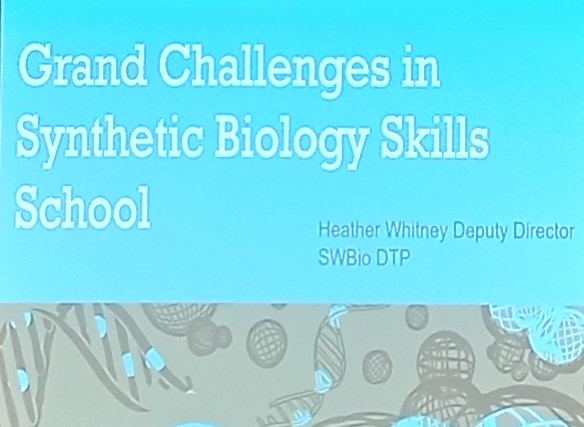
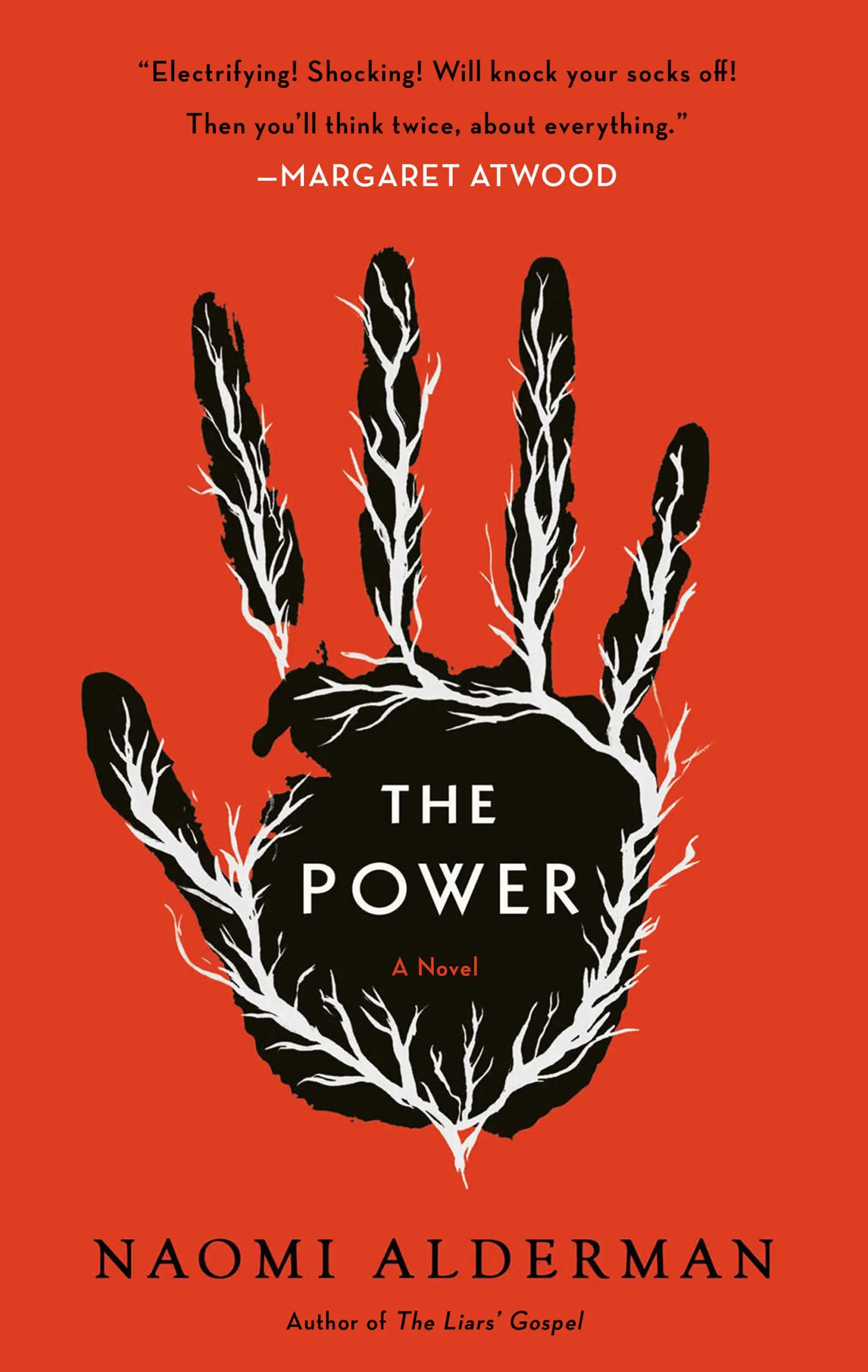



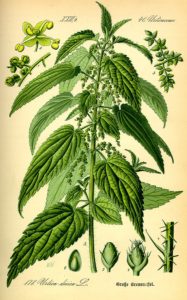
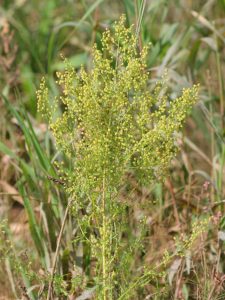
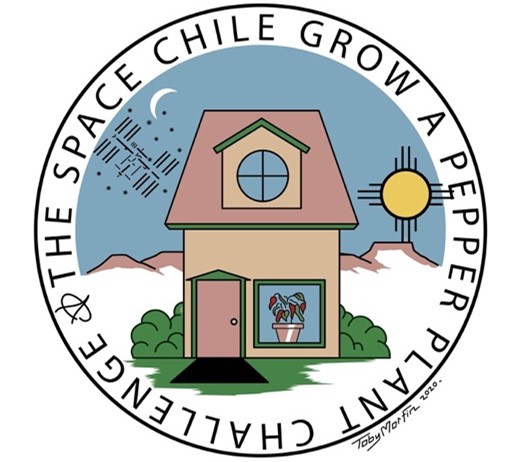
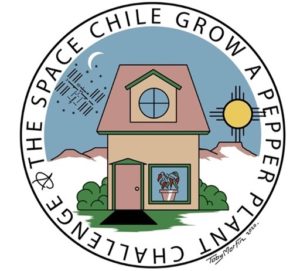
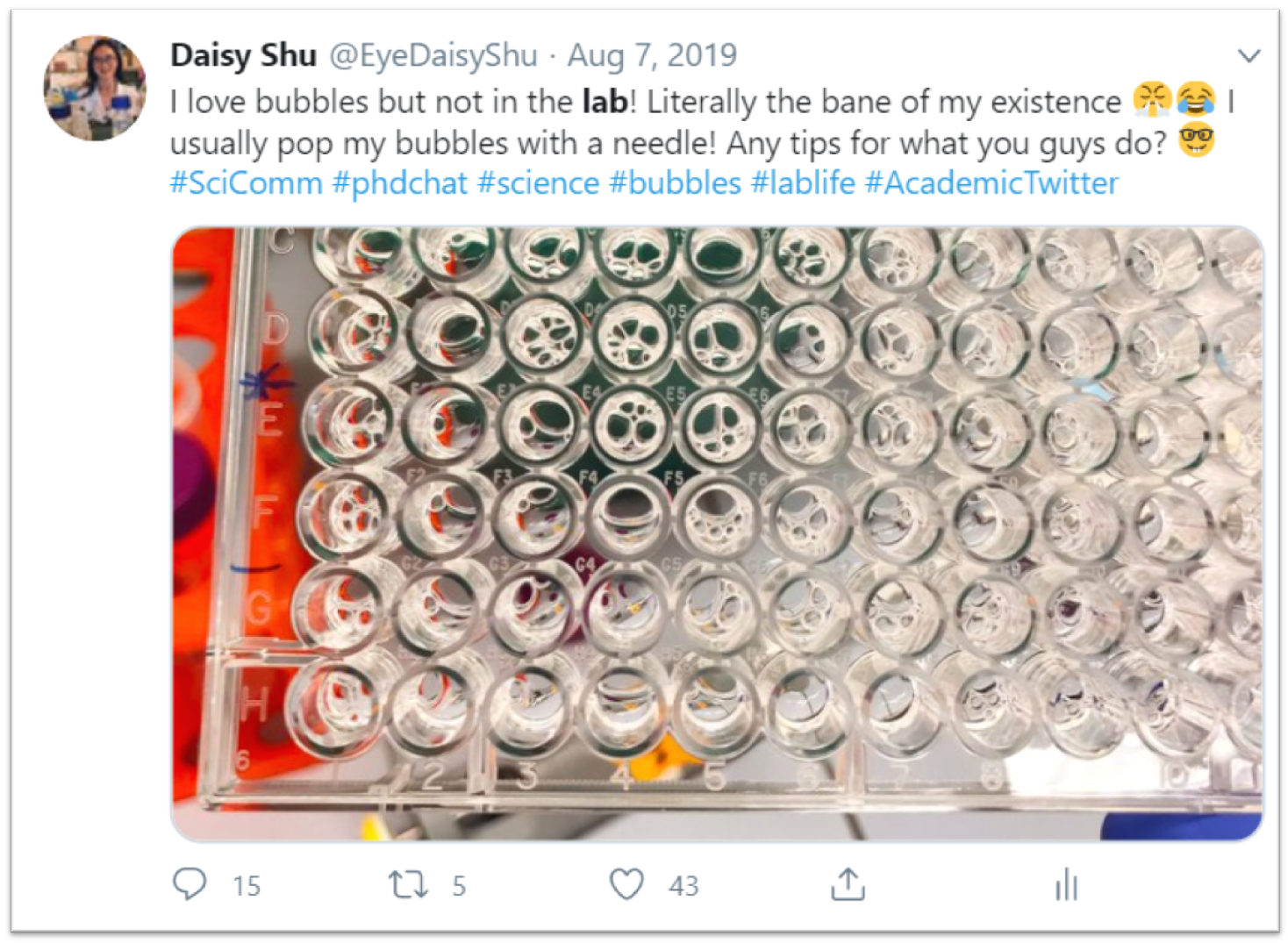
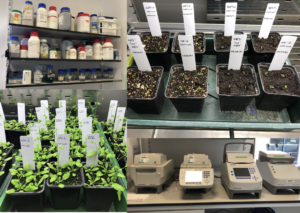
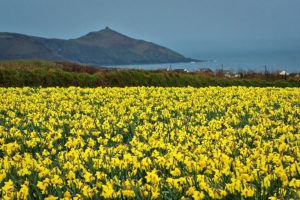

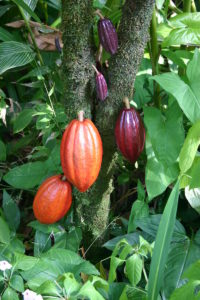
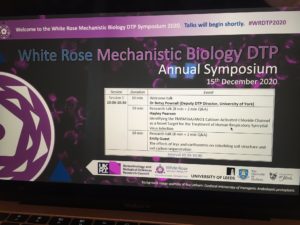

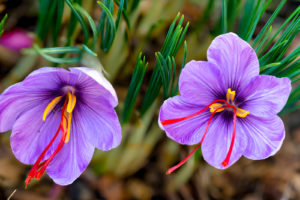
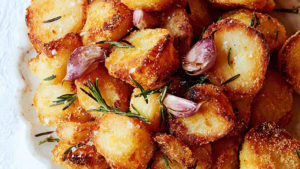
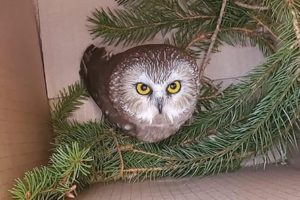
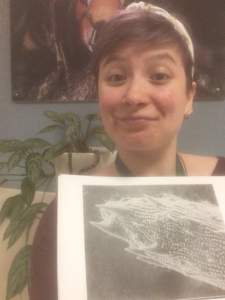

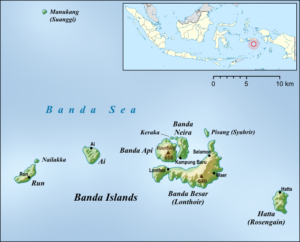
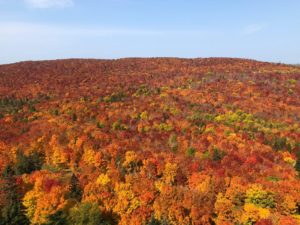
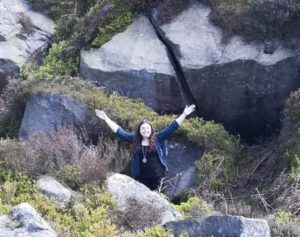

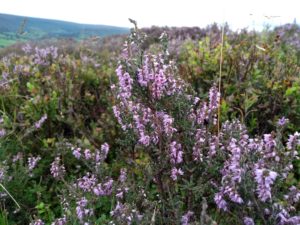
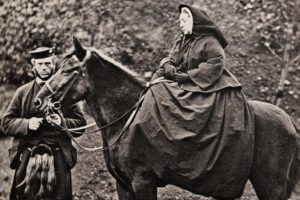


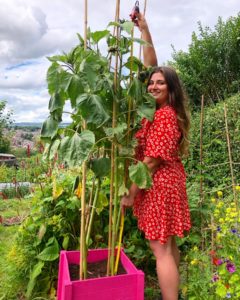
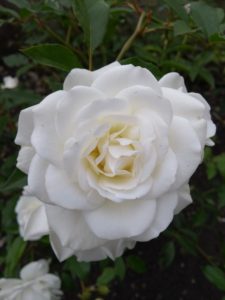
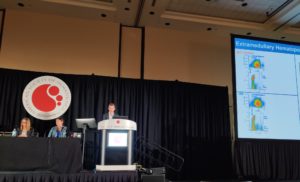
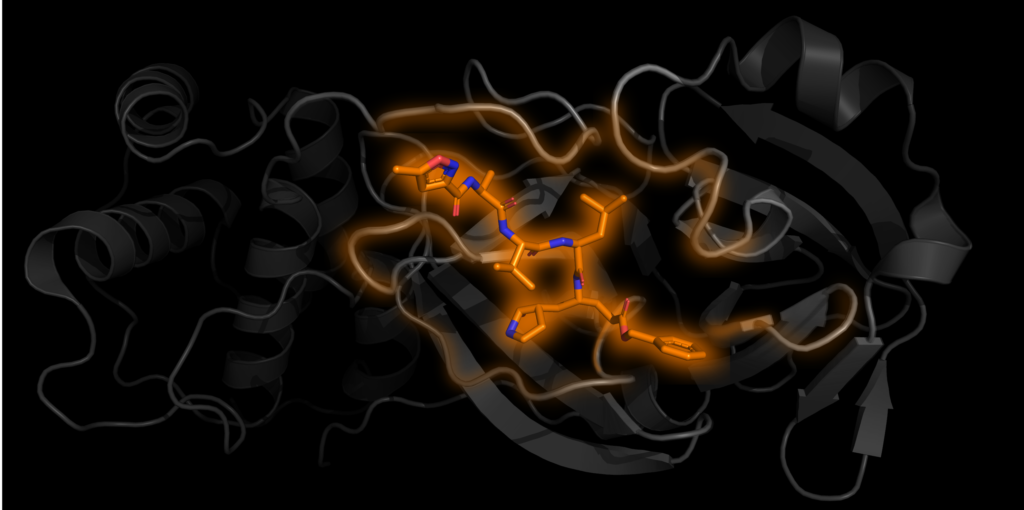

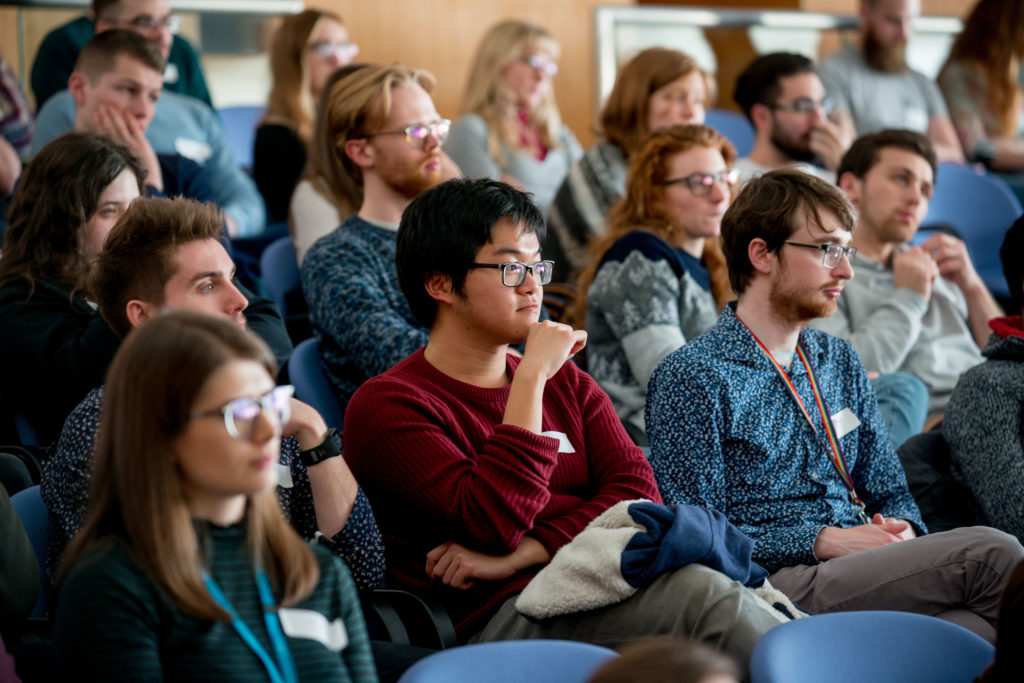
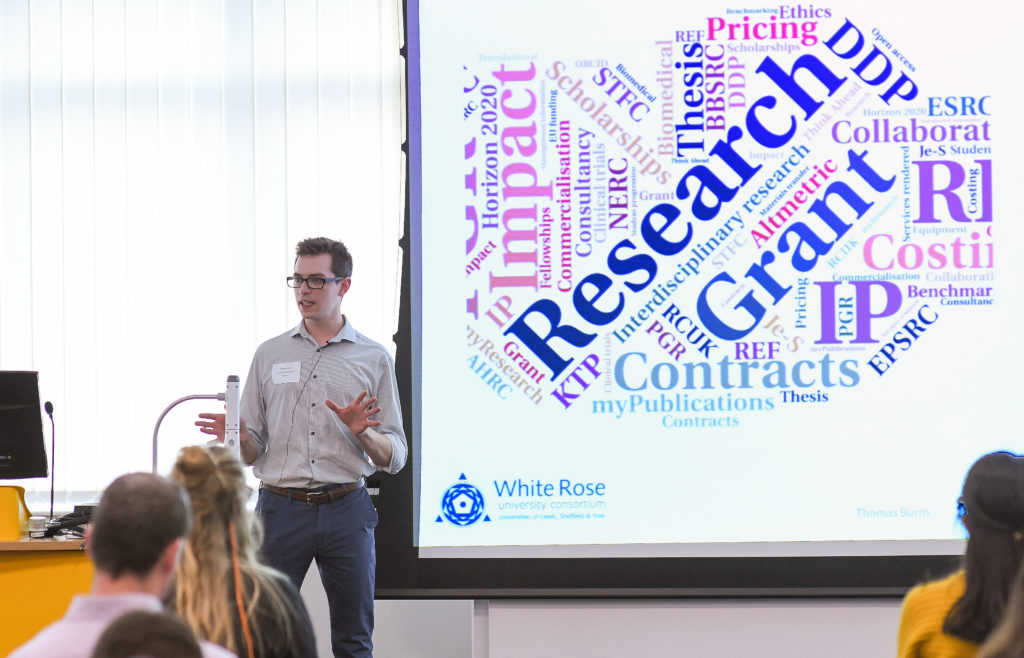

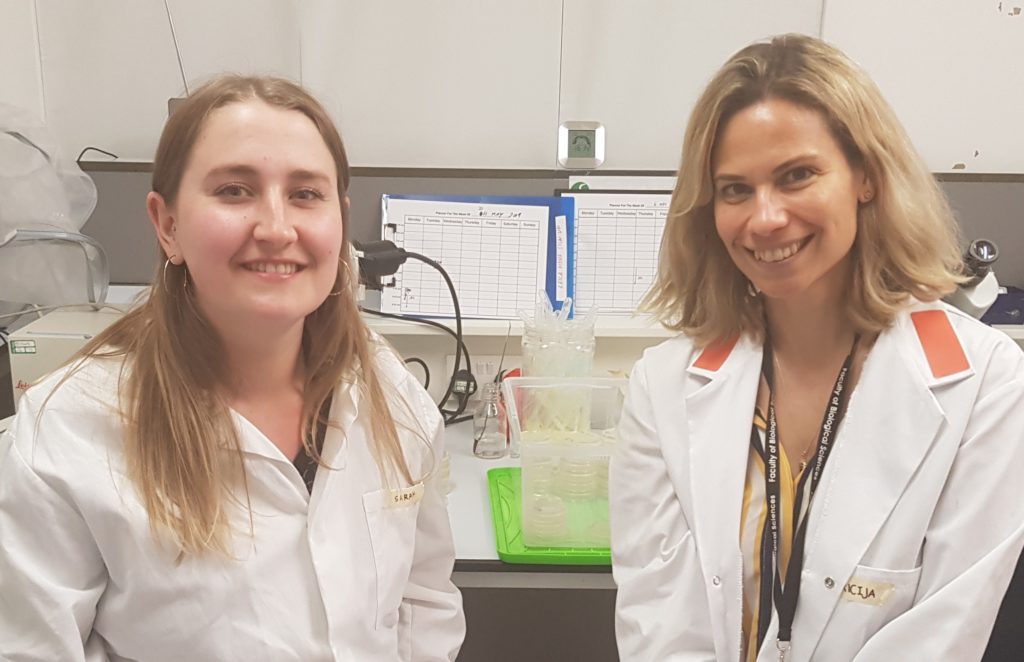
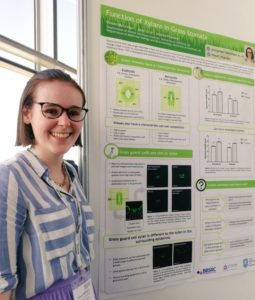
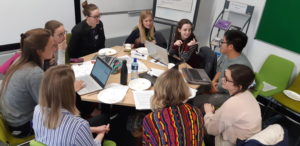
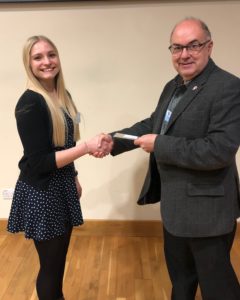
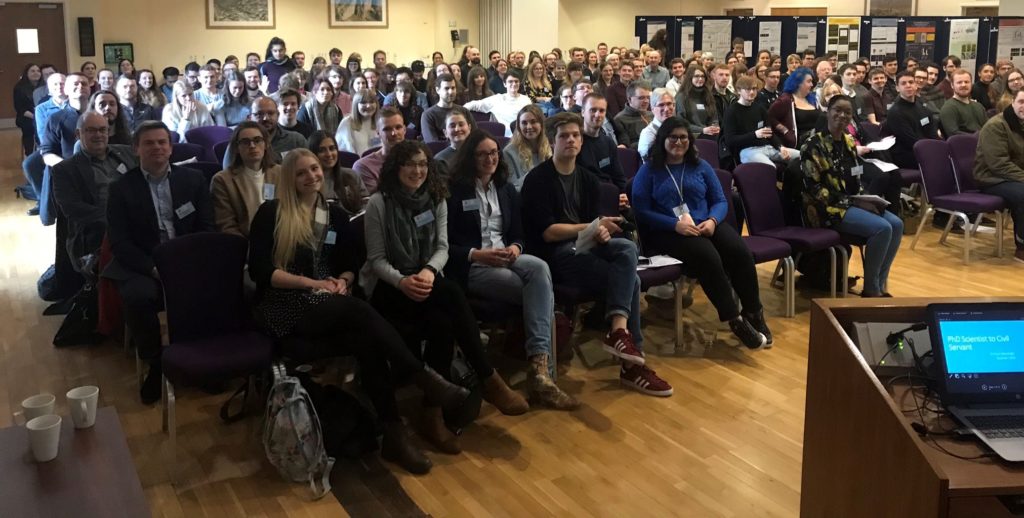
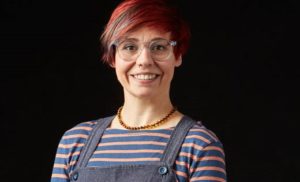
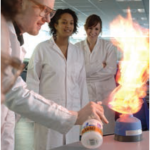 See the following link for advice from Helen Coleman, who is a senior lecturer in cancer epidemiology at the Centre for Public Health at Queen’s University Belfast.
See the following link for advice from Helen Coleman, who is a senior lecturer in cancer epidemiology at the Centre for Public Health at Queen’s University Belfast.